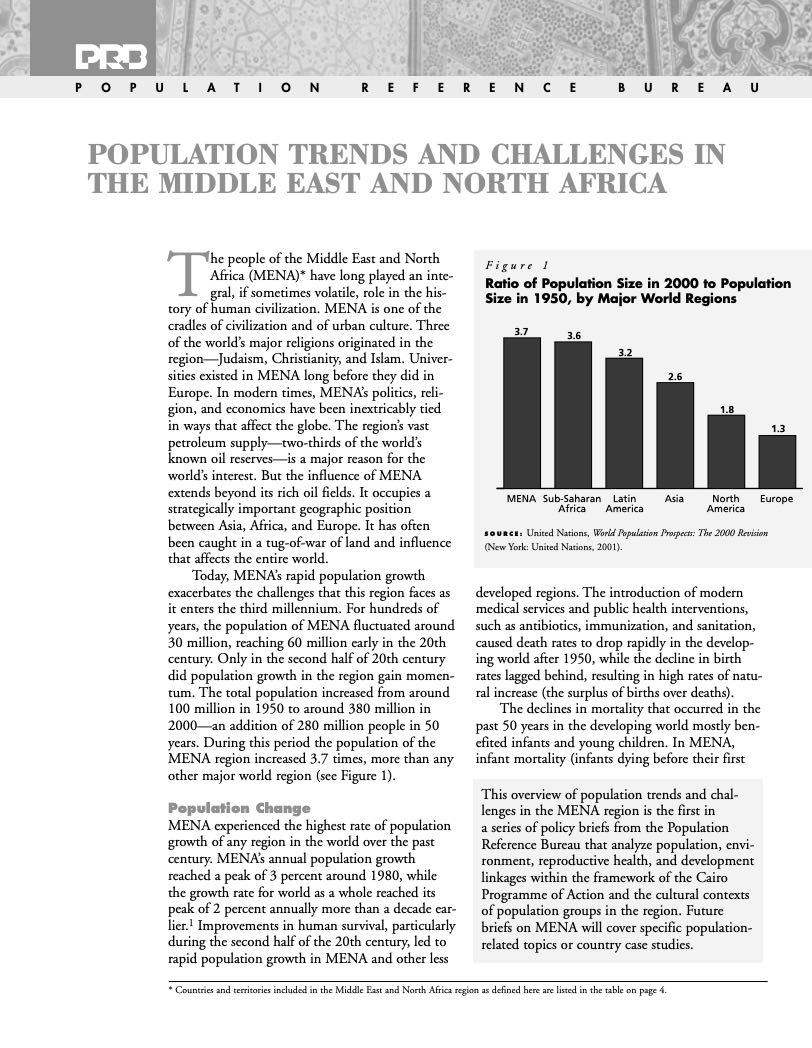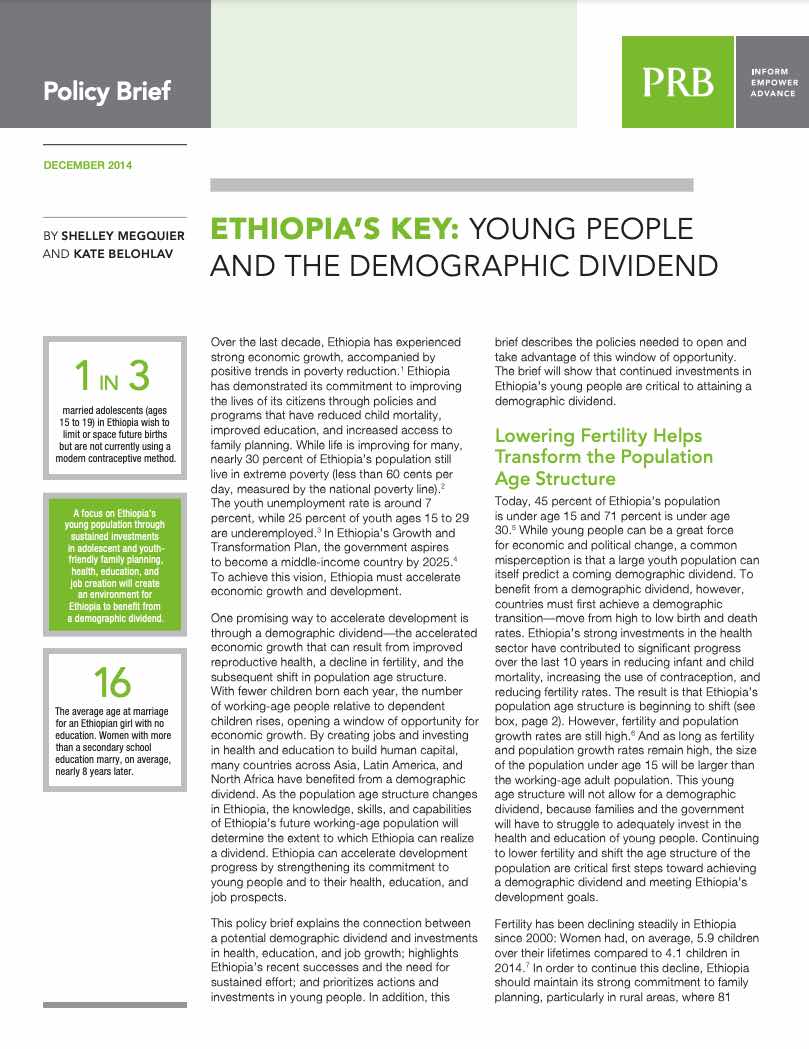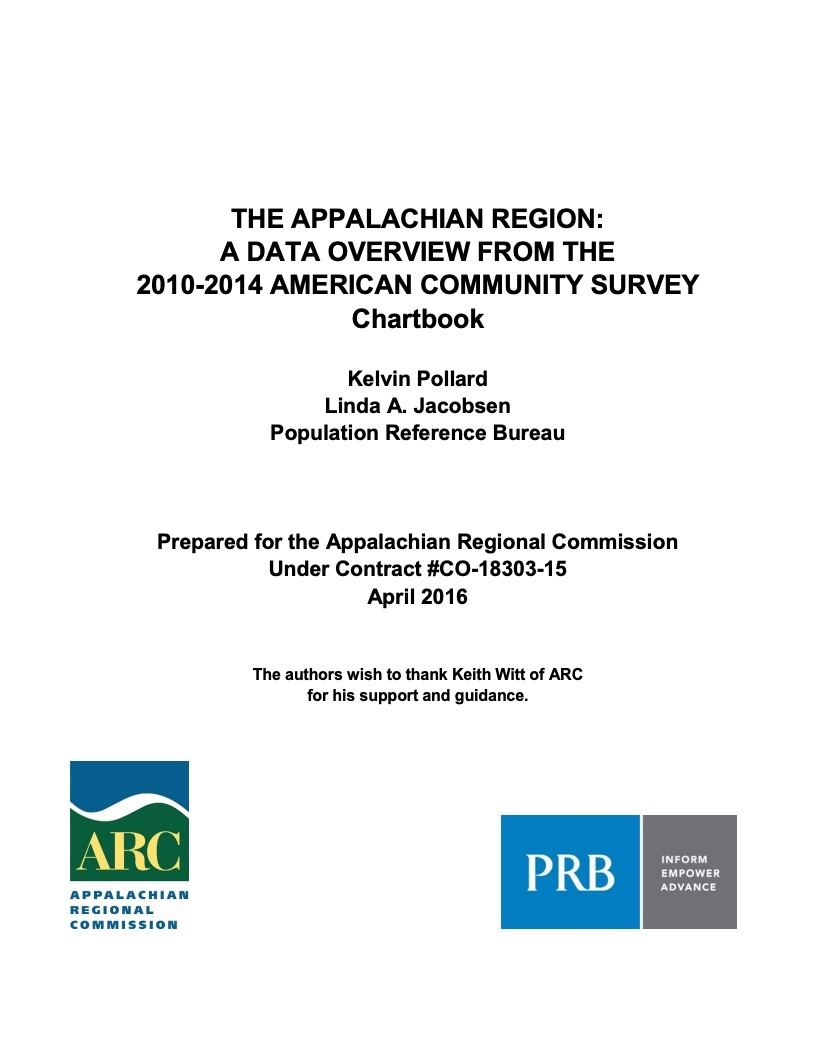Project: PACE: Policy, Advocacy, and Communication Enhanced for Population and Reproductive Health
405 Search Results Found For : "%E5%B9%BF%E5%B7%9E%E5%BC%80%E5%88%A9%E7%A9%BA%E8%B0%83%E5%92%8C%E7%89%B9%E7%81%B5%E7%A9%BA%E8%B0%83%E5%BE%AE%E4%BF%A1%E5%8F%B7%EF%BC%9AGU-2015"
Up to Half of U.S. Premature Deaths Are Preventable; Behavioral Factors Key
(2015) Up to half of all premature (or early) deaths in the United States are due to behavioral and other preventable factors—including modifiable habits such as tobacco use, poor diet, and lack of exercise, according to studies reviewed in a new National Research Council and Institute of Medicine report.1

U.S. Household Composition Shifts as the Population Grows Older; More Young Adults Live With Parents
Household size and composition play an important role in the economic and social well-being of families and individuals.

Population Trends and Challenges in the Middle East and North Africa
(2001) The people of the Middle East and North Africa (MENA) have long played an integral, if sometimes volatile, role in the history of human civilization. MENA is one of the cradles of civilization and of urban culture. Three of the world's major religions originated in the region — Judaism, Christianity, and Islam. Universities existed in MENA long before they did in Europe.

Ethiopia’s Key: Young People and the Demographic Dividend
This policy brief and accompanying fact sheet explain the connection in Ethiopia between a potential demographic dividend and investments in health, education, and job growth; and prioritize actions and investments in young people.
Project: IDEA: Informing Decisionmakers to Act
Family Planning and Gender Equality: Partners in Development
"Family Planning and Gender Equality: Partners in Development," an ENGAGE multimedia presentation by Population Reference Bureau (PRB), makes the case that in order to achieve the Millennium Development Goals of reducing poverty by 2015 both family planning and gender equality must be taken into account.
PRB Explored Key Themes on White House Conference on Aging
The July 2015 White House Conference on Aging coincided with the 50th anniversaries of Medicare, Medicaid, and the Older Americans Act, and the 80th anniversary of the Social Security Act.
U.S. Policy Communications Training
The U.S. Policy Communications Training Program builds on PRB’s 40-year legacy of training researchers to bridge the gap between research findings and the policy development process.

Project: Appalachia: Demographic and Socioeconomic Trends
PRB Appalachia Report Examines Jobs, Degrees
(2015) Appalachia's residents in their prime working years are less likely to be in the labor force or to hold college degrees than the U.S. population as a whole, but these and other demographic, health, and socioeconomic patterns vary widely within the region.
